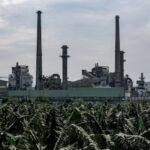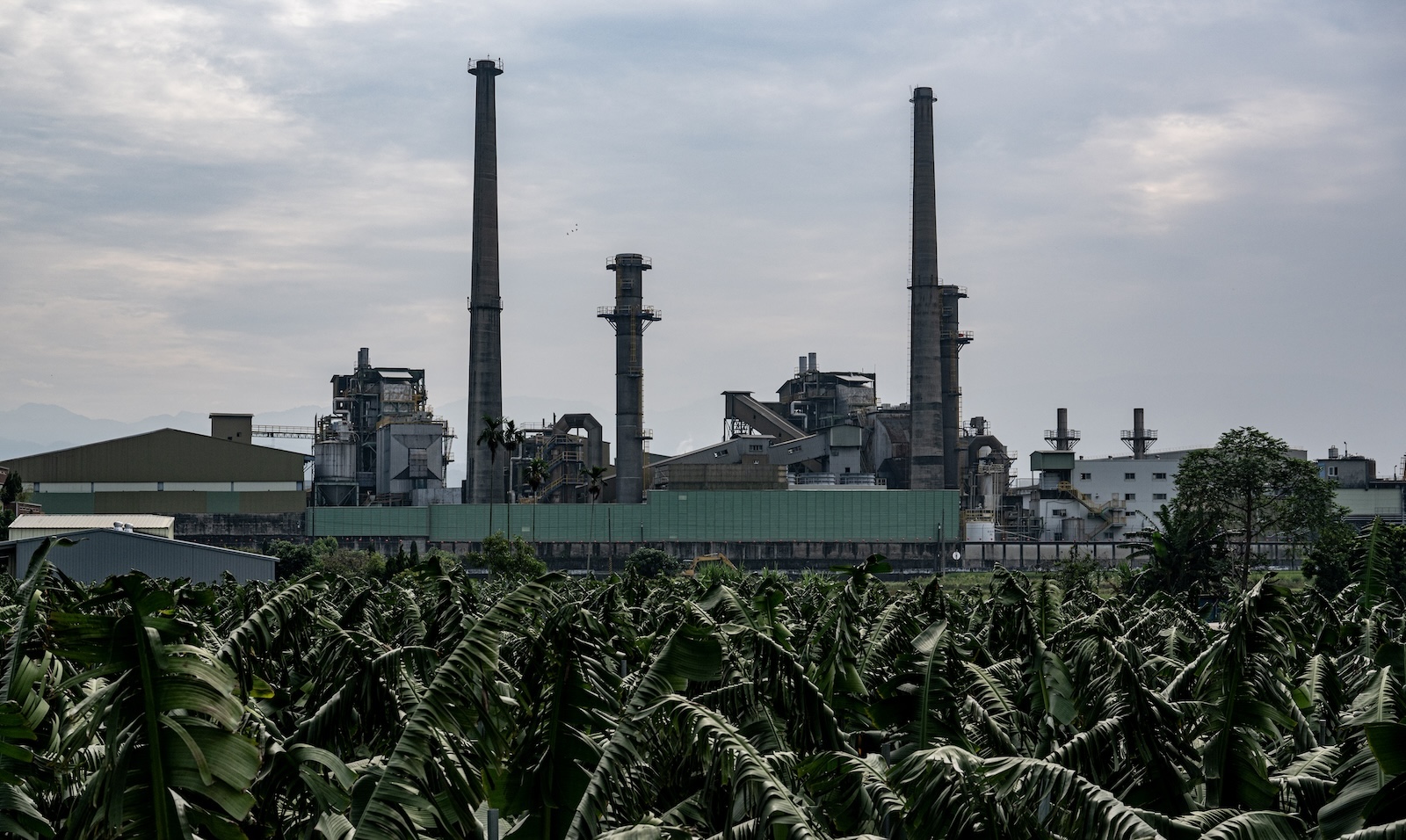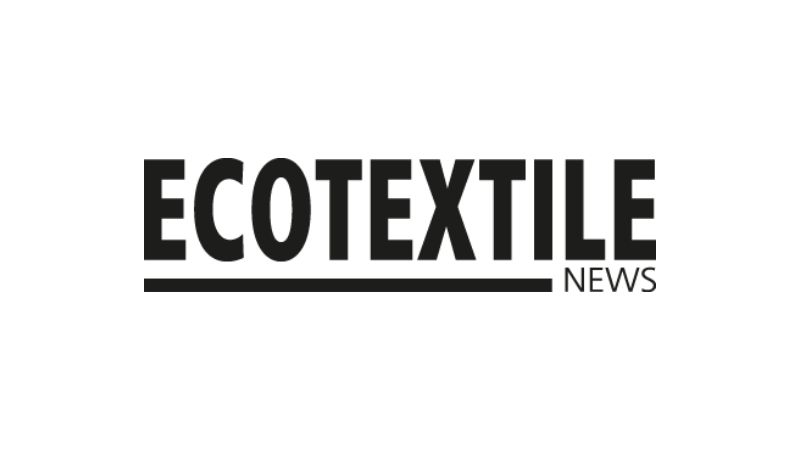lululemon makes billions promoting itself as a brand that supports health, well-being and sustainability. Yet, their emissions have increased significantly every year, reaching a massive 1.2 million metric tonnes of cO2 in 2022 — a 22% increase from 2021.
99.7% of lululemon’s greenhouse gas emissions are in Scope 3 — in other words, the factories and facilities they source from and hire to make their products. The majority of these emissions are associated with textile production: the processing of the fabrics used to make their clothing.
In spite of this, lululemon has only made a commitment to 100% renewable energy in their own operations — their stores, offices and warehouses — ignoring the outsized impact of their supply chain.
Most of their suppliers are still heavily dependent on fossil fuels such as coal, with only 15% of electricity used by their Tier 1 and 2 suppliers reportedly coming from renewable sources.
lululemon has only committed to a 60% intensity-based reduction of greenhouse gas emissions in their supply chain by 2030. This means that as the brand continues to grow, absolute emissions could continue to rise. Meanwhile, they have made a commitment to a 60% absolute emissions reduction in their own operations — which means a reduction independent of brand growth.
In lululemon’s latest impact report, the brand recognises that in order to reduce emissions, “We need to drive energy efficiency and transition to renewable, clean sources across our supply chain.” This is a positive sign that our campaign is making an impact and the brand is starting to take sustainability seriously behind-the-scenes. But until we see emissions decrease and renewable energy increase, it’s too soon to give lululemon a pat on the back.
We need to see lululemon’s new climate plan include a commitment to 100% renewable energy across the supply chain by 2030, backed up by a credible roadmap that focuses on high quality solar and wind from onsite generation and PPAs.
Through the UN Fashion Industry Charter for Climate Action, lululemon has committed to phasing out coal from its supply chain by 2030, and achieve net-zero greenhouse gas emissions by 2050. However, the brand lacks transparency on reporting its progress towards these goals.
Instead, lululemon regularly engages in greenwashing by over-exaggerating the impact of certain sustainability initiatives, such as using a small proportion of recycled and plant-based materials in a limited number of products.
WHY IT MATTERS
The fashion industry contributes roughly 1.8% of the world’s total greenhouse gas emissions, so it is a crucial sector for decarbonizing the global economy.
If we want to limit global warming to 1.5ºC and avoid the most catastrophic consequences of climate change, annual renewable power must triple by 2030. A significant proportion of this will need to be driven by corporate procurement.
lululemon is in a unique leadership position to create positive change in the industry. It has significant financial influence amongst its large global supply chain.
This means that the brand is able to make strong demands of its suppliers and the governments of the countries it exports from, and it is well-placed to provide financial support and investment to transition to clean energy.
lululemon is the 2nd biggest sportswear brand in the world and the 8th largest apparel brand by market capitalization. This means that amongst its peers, lululemon has the opportunity to raise the bar on sustainable supply chains, and collaborate with other powerful stakeholders to achieve its climate goals. And finally, lululemon’s branding positions it as a leader in health and well-being, which is at odds with its reliance on fossil fuels. The brand has an important opportunity to align its business model with its core values and become a leader in sustainability, influencing others in the space to do the same.
lululemon’s financial and market influence means that if it shifts to 100% renewable energy in its supply chain, it will help create demand for renewable energy and develop the policy and finance solutions needed to support a meaningful, systemic change.

















